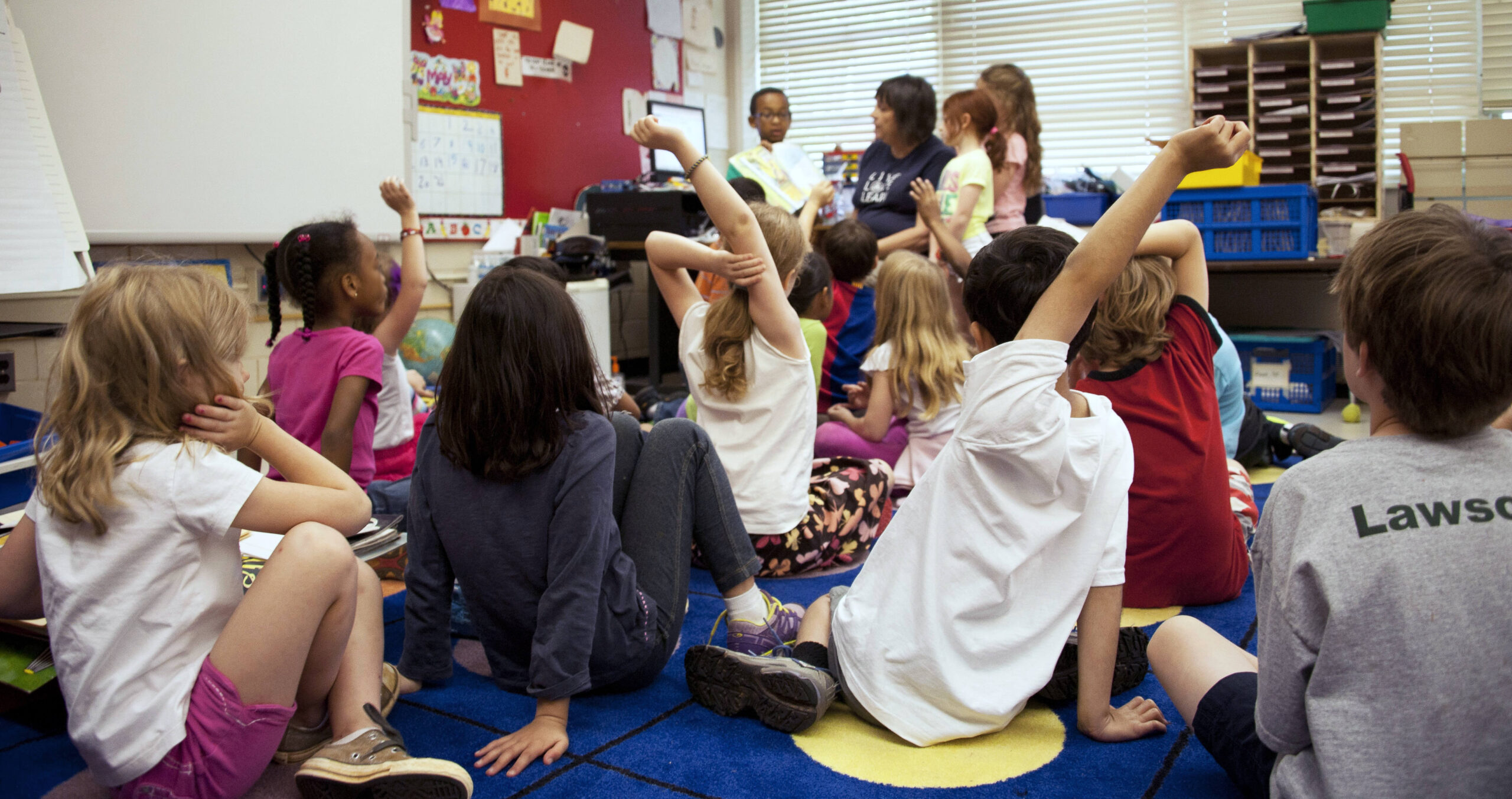“I wonder how many of the Sudbury School’s inmates have been offered free use of the fees as an alternative to going there. Any non-coercive parent would make that offer as a matter of course—and any non-coercive school would insist on their doing so.”
– David Deutsch
From the archives: First published in Taking Children Seriously 25, 1998
Why schools like Summerhill and Sudbury Valley can’t be non-coercive
Alternative schools such as Summerhill and Sudbury Valley pride themselves on their democratic structures and their judicial systems. Take the Sudbury Valley School, for example. In what follows, indented text is quoted (and sometimes abridged) from the Sudbury Valley web site.
The description of their activities starts like this:
“CLAIM: Whatever the time of day, and whatever their age, students in the school are all doing what they want to do.”
So far, so good. I must say, though, I found little in the specific descriptions that could not be done as well or better at home, especially if the fees that the school charges were instead applied to solving actual problems arising in the child’s education. In fact, I wonder how many of the Sudbury School’s inmates have been offered free use of the fees as an alternative to going there. Any non-coercive parent would make that offer as a matter of course—and any non-coercive school would insist on their doing so.
Another aspect of the school that is quite prominent on the web site is that they have Rules. A whole book of them. This fact alone strongly suggests that the institution is deeply coercive, for a Rule is something that you have to follow whether you like it or not. Institutions can enforce rules, or they can promote the creation of solutions, but they can’t do both at once.
What happens when a child breaks a Rule in this non-coercive school? Just as in every other school, someone intentionally hurts him for doing so.
“The judicial system at Sudbury Valley is one of the keystones of the school’s structure, and has long been our pride and joy.”
Let’s find out about this judicial system that they enjoy so much. Is it non-coercive? Here’s some of its procedure:
“Allegation—A person is alleged by someone to have committed a misdeed.
…
Investigation—If the allegation is considered to merit further action, an investigation is made of the circumstances surrounding the allegation. In the outside world, the investigation can be carried out by the police, by members of the justice division of the government, or by private individuals.”
So, as I understand it, the Sudbury School people think that they are a State. Is it a non-coercive State?
“Charge—If the investigation is deemed to have yielded sufficient cause for further action, a charge is made that a specific law has been violated, and the alleged violator is brought to trial.”
Something which, according to the CLAIM above, the alleged violator truly wants to have happen to him.
“Trial—Once a charge is made, the case comes to trial.
Sentence—If a person is found through the trial process to have done wrong, that person is sentenced”
Since, according to the CLAIM, the person in question wants to serve the sentence more than anything else in the world, I wonder what the trials are for. Why can’t they just short-circuit the system and let the “violator” decide what sentence he would most enjoy serving, and then serve it?
I conclude, therefore, that the CLAIM is simply false, and that the school’s regime, though it seems much more humane than a typical school, is nevertheless systematically coercive both in its overall constitution and in its detailed functioning.
See also:
- Dead Poets Society is not taking children seriously
- Dental coercion disaster
- ‘Protection’ against a child’s will is coercion not protection
David Deutsch, 1998, ‘Non-coercive schools?’, Taking Children Seriously 25, ISSN 1351-5381, pp. 15-16, https://takingchildrenseriously.com/non-coercive-schools/
